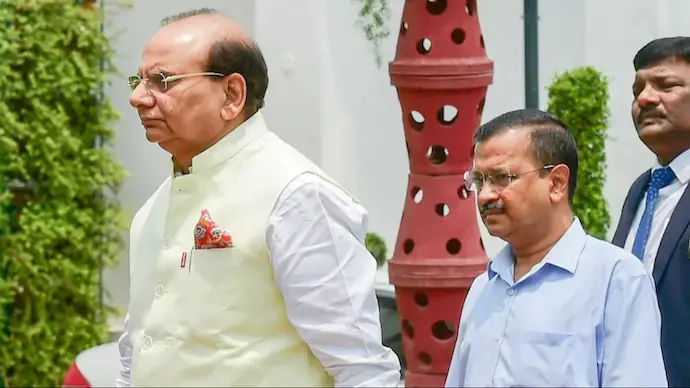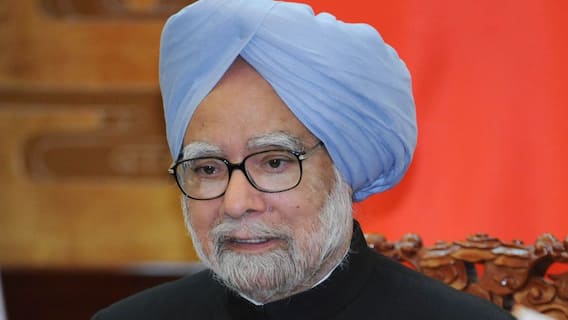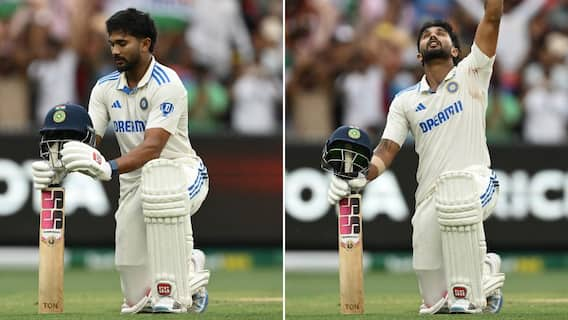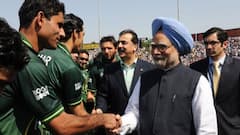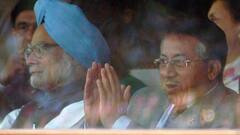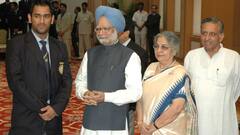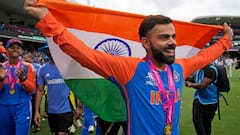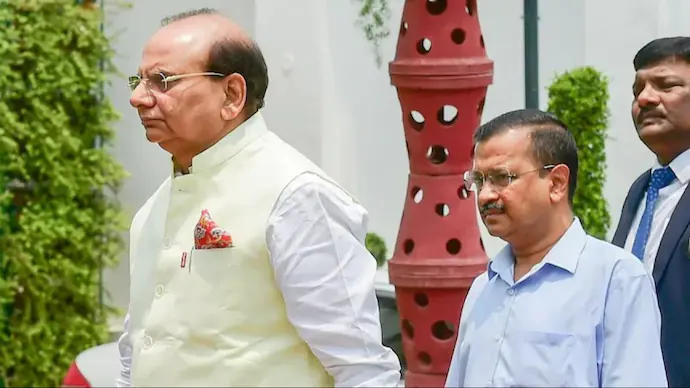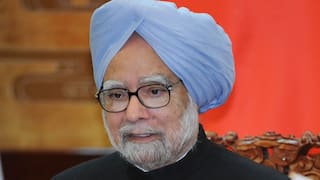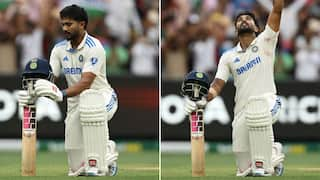Big Data: The New Player In FIFA World Cup 2022 And How It Is Changing The Game
Qatar 2022: The football with sensor tracks horizontal and vertical distances and formation of players. The data can be used to measure dribbling speed, distance covered, pass and shot speed & much more.

FIFA World Cup 2022: Big data is not new to sports. Rise of data has enhanced the way technology is used at various levels in sports. It has allowed for fairer decisions and has removed the dependency on the judgement by human eyes. In India too, sports has seen a big jump in data consumption to leverage gaming strategies and evaluate players efficiently to stay ahead of the competition. A recent use case has been the Indian Premier League (IPL). Bidders have used Big Data to plan their player buckets as well as design cricketing strategies in the tournament year on year.
With the ongoing FIFA World Cup 2022, Big Data has resulted in more evidence-based judgements for teams in real time than ever before. It’s the latest incursion of numbers into the beautiful game. Data analysis now helps to steer everything from player transfers and the intensity of training, to targeting opponents and recommending the best direction to kick the ball at any point on the pitch.
NEW: Semi-automated offside technology to be used at FIFA World Cup 2022. Full details on @FIFAcom. Here’s how it works 👇 pic.twitter.com/qrDzjsXxph
— Bryan Swanson (@fifa_bryan) July 1, 2022
Match Centre: Catch All The FIFA World Cup Qatar 2022 Action Here
Data Speaks For Itself At FIFA World Cup 2022
The latest inclusion of numbers in the beautiful game now helps decide everything from player transfer, intensity of training, targeting opponent weaknesses and recommending best directions to kick the ball at any point on the pitch. But the most interesting addition to this World Cup is the way technology has been seamlessly integrated into the football itself. Adidas has created its 14th World Cup football, Al Rihla, for the Qatar edition. This ball has a high tech sensor that needs to be charged before every game. The sensor is charged by a small battery that can last for six hours of active usage.
This sensor provides the ball with a real-time ball tracking capability with the support of high FPS cameras positioned all around the pitch. Every time the ball is kicked, the system picks it up at around 500 FPS and sends it through a real-time sensor to the LPS (Local Positioning System), with the help of local antennas installed around the playing field. This technological collaboration was done with Kinexon, a renowned innovation driver in the field of ball tracking. Called “Connected Ball Technology”, it became known as an application variant of Kinexon’s ball tracking, which was developed in cooperation with Adidas and FIFA.
A lightweight sensor utilises both ultra-wideband (UWB) radio frequency and an Inertial Measurement Unit (IMU) is integrated into the ball. As a result, Kinexon provides real-time position and motion data. The real-time transmission is enabled by Kinexon’s LPS installed around the pitch.
World Cup balls are being charged with electricity before Matchs start#FIFAWorldCup pic.twitter.com/kdrnxsLhh8
— Kick (@Kick0fficial) November 25, 2022
Sensors In The Football Can Do Live Tactical Analysis
The football with sensors tracks horizontal and vertical distances and formation of players, which can be used for potential technical shifts for tactical instructions. Consequently, it can be used to measure dribbling speed, distance covered, acceleration with the ball, attacking and defending sprints, pass and shot speed, time of possession, passing accuracy and much more.
As modern day football drowns in data as any other global sport, such data also carries its own insecurities. Data tampering and leaks may result in specific teams getting advantaged at key tournament stages. But the bigger question is — will too much dependency make the game mechanical and less lovable? Will we be able to see any ‘Hand of God’ moment again in football? Will those goal shots by Beckham be possible again because an algorithm indicates a poor chance of a goal? Nevertheless, whatever the answer may be, data is all over football today and there’s no going back from here!
(The author is former Digital Strategist at ABP Network.)
Trending News
Top Headlines






